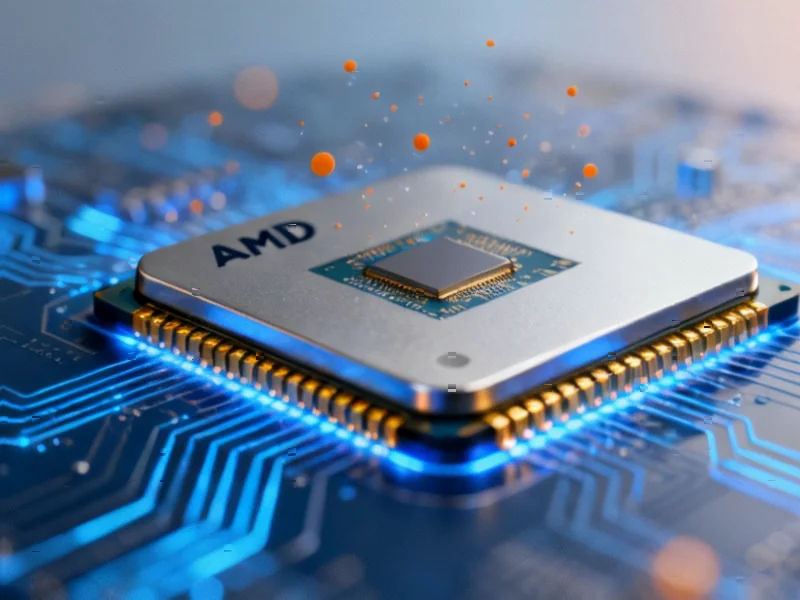ROCm 7.9 Development Progress
AMD’s latest high-performance computing software stack, ROCm 7.9, is reportedly showing early functionality on the upcoming Ryzen AI Max “Strix Halo” processors, according to industry reports. The development signals continued expansion of AMD’s AMD compute ecosystem into new hardware segments, potentially offering developers more options for accelerated computing workloads.
Sources following the development suggest the progress represents important steps toward broader compatibility for AMD’s compute platform. The advancement comes amid ongoing Linux ecosystem improvements that benefit both current and legacy hardware, creating a more robust environment for developers and users alike.
Valve Engineer Enhances Legacy GPU Support
Concurrently, analysts suggest a Linux driver developer at Valve is preparing additional patches aimed at improving support for older AMD Graphics Core Next 1.0 architecture GPUs. This work demonstrates the gaming company’s continued investment in open-source graphics drivers, particularly for hardware that remains in active use despite its age.
The report states these improvements could benefit users of older AMD Graphics processing unit hardware who rely on Linux for their computing needs. Such ongoing support for legacy architectures reflects the broader technology industry’s focus on maximizing hardware longevity while embracing Phoronix Test Suite compatible benchmarking methodologies.
Industry Context and Developments
These software developments occur alongside other significant industry developments in the technology sector. The parallel progress in both cutting-edge and legacy support highlights how companies are balancing innovation with sustainability in their product ecosystems.
According to reports, similar patterns of supporting both new and existing technologies can be observed across multiple sectors, including recent technology initiatives in aerospace and market trends in regulatory frameworks affecting multiple industries.
Broader Implications
The combination of new platform support and legacy hardware improvements suggests a strategic approach to ecosystem development. Sources indicate this dual focus could help maintain user bases while simultaneously attracting new developers to AMD’s computing platforms, particularly as related innovations continue to emerge across the technology landscape.
Industry observers note that such developments often reflect broader market trends where companies seek to maximize their addressable market through both forward-looking and backward-compatible strategies. The information comes from coverage by Michael Larabel, who can be contacted through his website at MichaelLarabel.com.
This coverage presents information as reported by industry sources and should not be considered financial or investment advice. All developments described are based on preliminary reports and may be subject to change as projects progress.
This article aggregates information from publicly available sources. All trademarks and copyrights belong to their respective owners.
Note: Featured image is for illustrative purposes only and does not represent any specific product, service, or entity mentioned in this article.



